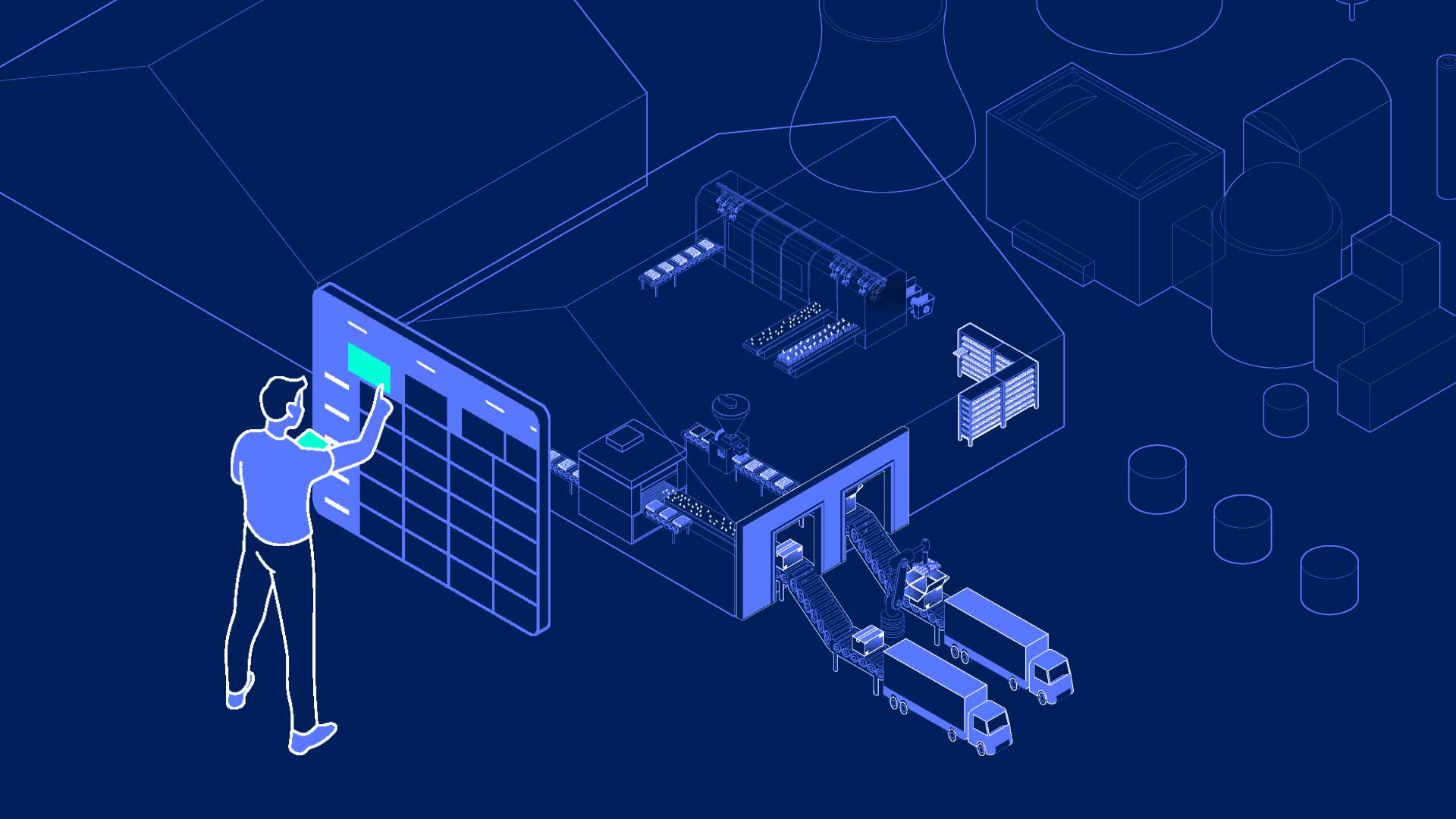Vertical farming holds the key to feeding an ever-growing North American population, while allowing growers to generate profit and scale production up or down to meet demand
This article was guest written by Stephen Gereb, IGS’ Head of North American Operations. Stephen is passionate about helping growers bolster their operations through innovative, profitable tech solutions.
North American agriculture is changing. Faced with a growing population to feed, extreme weather, and a need to reduce harmful chemicals and maximize natural resources, growers are looking at alternative methods to diversify operations.
In my role, I have visibility into the challenges and pain points of commercial growers across both the United States and Canada. They’re not only focused on the task at hand (scaling food production in the midst of labor, climate, water, regulation and arable land concerns), but of how best to solve it.
This is where the benefits of vertical farming come in. We support North American growers in adopting a hybrid approach, helping to increase yield and grow crops in a fashion which appeals to consumers. This gets the most out of traditional methods (like greenhouse growing and open field agriculture), while tapping into the benefits of Total Controlled Environment Agriculture (TCEA).
Let’s look at the key benefits of vertical farming and how these can support agriculture within North America.
Reduce reliance on harmful chemicals
At IGS, our vertical farming technology uses Total Controlled Environment Agriculture (TCEA), allowing growers to control every aspect of the growing environment. This minimizes the need for harmful chemicals used in agriculture, such as those in herbicides and fungicides.
The need for North American growers to adapt is emerging rapidly, particularly when paired with a wider public desire for clean, nutritious produce (as evidenced by the popularity of the ‘farm-to-table' movement). Vertical farming offers a means of both meeting consumer demand, while working to reduce the carbon footprint of agriculture.
We don’t use any harmful chemicals when growing plants within our Growth Towers. This not only reduces the grower’s environmental footprint, but also helps to lower operating costs, freeing budget for other areas.

Increase profitability through efficient technology
We’ve designed our technology to give growers the best possible return on their investment. When looking at our LED lighting, for example, our system can use up to three times less energy in this area than other vertical farms. This helps reduce overall energy expenditure, freeing up cash for other areas and allowing growers to increase profitability.
As part of our commitment to ensuring best-in-class technology, we partner with third-party companies to make sure every aspect of our technology facilitates optimal plant growth. This helps us to achieve growth cycles anywhere between 30 and 50% quicker than traditional methods (depending on the crop), reducing waste byproduct by up to 30% in the process.
These savings represent lower operating costs and a reduced carbon footprint, helping satisfy both the bottom line and consumer demand for healthier, more sustainable produce.
Benefit from innovative, cutting-edge technology
Our planet’s resources are finite. This is something we’re acutely aware of here at IGS, so we’ve designed our Growth Towers to get the most of every input. Take water, for instance. We utilize an advanced hydroponic system which reduces water usage by more than 90% compared with traditional open-field farming. This is crucial in ensuring that crops get the precise amount of water they need, but also as a means of safeguarding against water scarcity.
In July 2024, approximately 80.9 million acres of major crops in the United States were experiencing drought (that equates to roughly 17% of the US as a whole, and 20% of the lower 48 states). As a population, we need to find smarter ways to manage our water usage, so we’ve engineered water recycling measures to capture, purify, and reuse water within our systems. This helps ensure that not a single drop is wasted, helping growers to increase efficiencies through innovative tech.
In addition to maximizing water usage, IGS technology is designed to maximize other sustainable technologies. We’ve worked hard to integrate with renewable energy sources like solar, alongside working with third parties to integrate technologies such as biogas digesters. These help convert organic waste into energy, working to mitigate the operation’s total carbon impact.
Approaches like these are key in contemporary agriculture. If we’re to continue to supply food at scale and enable businesses to prosper, it’s vital that we do so sustainably and get the most out of every aspect.

What a hybrid approach entails
We’ve never set out to replace traditional agriculture. In fact, we believe all facets of North American agriculture must continue to innovate and expand for us to adequately feed our growing population. As such, our technology can be used as part of a hybrid approach alongside traditional methods. This means that IGS Growth Towers are used to give starter plants the best possible start to life (free from pest and disease), before they are transplanted to continue the growth process.
We’ve seen greenhouse growers reap huge benefits from this approach, increasing yield and scaling to demand. When working in tandem with traditional agriculture as part of a plant nursery, IGS Growth Towers enable growers to optimize their farm's potential when producing starter plants such as lettuces, tomatoes and strawberry runners. Customers can quickly grow consistent, vigorous, disease-free crops indoors, before they are transplanted to the traditional farm. This makes for more efficient use of space and dramatically increases the farm’s yield potential.
Why work with IGS
With over a decade of experience engineering and manufacturing innovative, industry-leading technology, IGS works with growers across the globe to help them grow consistent, healthy, and nutritious crops. We combine crop science, engineering, software, data, and agronomy, resulting in efficient technology and quality plants for our customers.
Contact us to learn how you can use vertical farming to enhance your operations.






.jpg)
